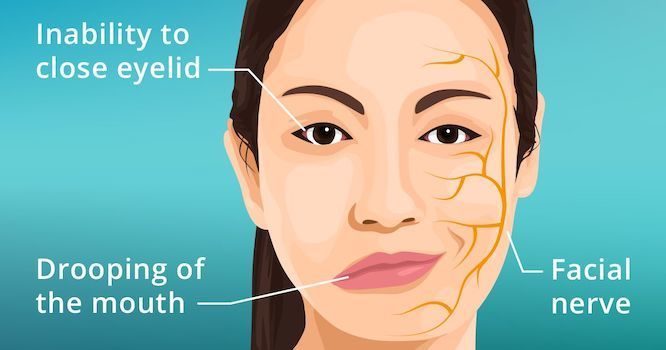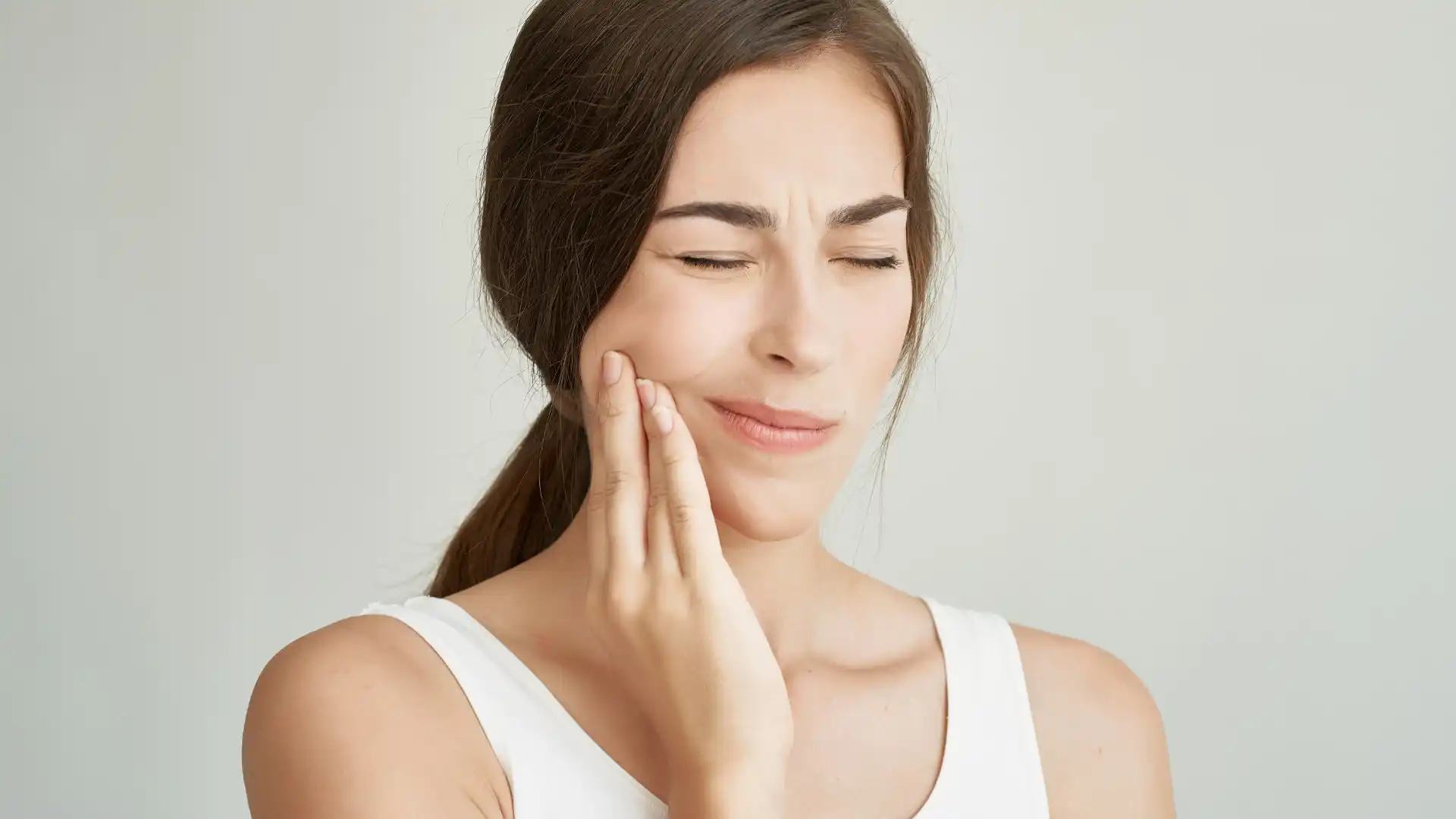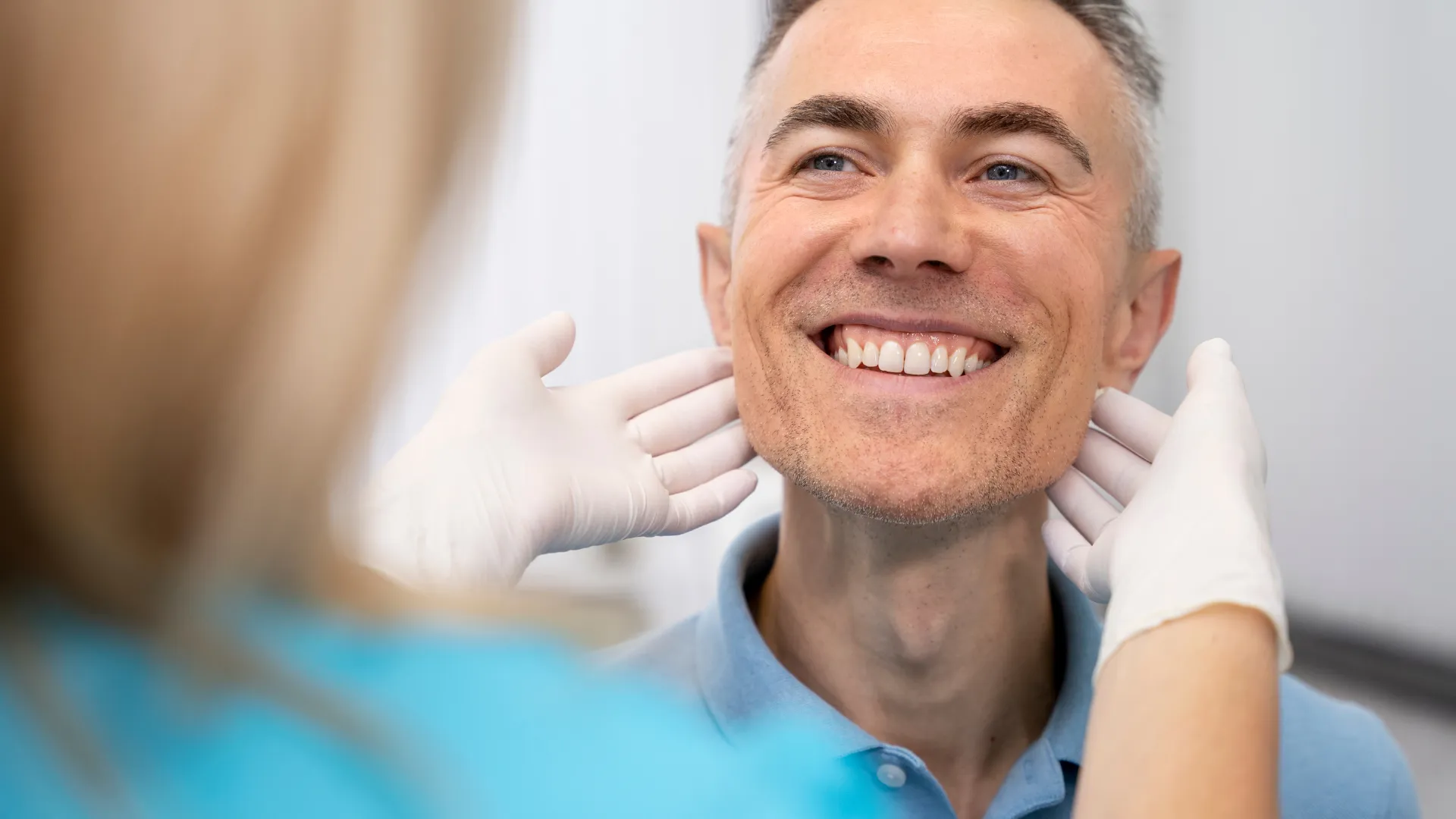Facial paralysis is defined as the loss of facial sensation and movement due to the damage of facial nerve fibers; which stimulate the brain to mimic muscle groups on the face. It’s thought to be caused by swelling and inflammation of the nerve that controls the muscles on one side of the face. It may also be an extreme reaction that takes place after a viral infection
If you or a loved one has this unfortunate condition, our professional team at Burak Sercan can help you restore balance and coordination when it comes to symmetrical facial movements. Our clinical experts can help you restore your smile and the glow to your face in Turkey, our clinic is always here for you.
Why does facial paralysis happen?
Facial paralysis may occur due to the following reasons;
- Trauma experienced as a result of a blow to the head
- Cerebral vascular occlusion.
- Tumors developing in the head and neck region.
- Damage to the facial nerves.
Facial palsy may also occur due to other diseases & incidents such as:
BELL’S PALSY
Bell’s palsy is a sudden onset of facial paralysis of unknown causes that affects only one part of the face. Nearly 80% – 90% of patients who have facial palsy due to Bell’s palsy can recover completely within six to eight months.
STROKE
A person can lose facial nerve functions whenever they experience a stroke. The causes of damage to brain cells due to stroke are as follows;
● Lack of oxygen
● Pressure build-up in brain cells due to bleeding
OTHER factors causing facial palsy are as follows:
- Skull fracture and brain injury
- Facial weakness and/or injuries
- Head or neck tumors
- Middle ear infection
- Other damages of the ear
- Abnormal development of the facial nerve or facial muscles in the uterus
- Birth trauma: Facial nerve injury may occur in some babies due to the use of forceps or facial presentation (occiput posterior) during delivery. As a result, temporary facial paralysis may develop. %90 of babies who develop this type of nerve injury recover completely without treatment.
What are the symptoms of facial paralysis?
Facial paralysis has different symptoms that may differ from patient to patient. At the same time, varying symptoms can be observed depending on the onset of different causing diseases.
Symptoms of facial paralysis due to BELL’S PALSY can be listed as follows:
- Inability to blink and to make forehead wrinkles
- Decreased tears
- Sagging in the mouth/oral region
- Involuntary movements such as twitching in muscles
- Altered/Deteriorated taste sensations
- Speech impediments/disorder
- Excessive saliva production
- Difficulty in eating or drinking
- Pain in or behind the ear
- Pain in the jaw joint area
- Headache
The symptoms of facial paralysis due to stroke can be listed as follows;
- Consciousness fluctuations
- Confusion and general dizziness
- Body balance issues
- Vision problems
- Epileptic seizures
- Weakness in the arms or legs on one side of the body

How is facial palsy diagnosed?
To diagnose facial paralysis, physicians analyze muscle movements by asking the patient to make gestures such as: raising eyebrows, blinking, smiling, frowning, etc. Facial nerve palsy may also be differentially diagnosed by requesting an electromyography (testing the health of the muscles and the nerves that control them), imaging scans such as MRI and CT, and blood tests..
How is facial paralysis treated?
The most important element in the treatment of facial paralysis is defining the root cause of the illness as accurately and promptly as possible.
Treatment of Bell’s palsy-induced facial palsy
Since Bell’s palsy is the cause, the recovery is expected to be completed by itself. At the same time, doing exercises that make the facial muscles work may accelerate the treatment of facial paralysis.
For those who do not fully recover, plastic surgery may be used to correct eyelids that do not close completely or to correct a crooked/sagged smile.
Treatment of facial paralysis due to stroke
The stroke must pass on and be treated first before any facial paralysis symptoms are addressed .
Treatment of facial paralysis caused by other reasons
Treatment methods such as surgically repairing damaged nerves and/or muscles, or removing tumors, if any, may be opted for.
What does Facial Paralysis the treatment include?
First of all, if the paralysis has become permanent, a deteriorating series of the facial failure may happen like: facial asymmetry, incontinence of saliva, open eye on the affected side, and blindness. The main surgical goal is to mind the gap of the corner of the mouth to the opposite side symmetrically and to ensure that the eye can be closed .
The patient’s expectations and general health condition, the duration of the stroke, and the surgeon’s experience are important factors in the selection of treatment.
Some of the suggested elements of facial nerve surgery include:Transfer of facial nerve to other nerves, transfer of chewing muscles to the edge of the mouth or to the eyelid, transfer of vascular muscles, to put weight on the eyelid, and hanging the edge of the mouth with permanent threads
Restore facial aesthetics and functionality with Burak Sercan
Dr. Burak Sercan will answer all of your questions about TOS and how to prevent, treat, and live with it.
Our specialized surgeons excel in reconstructive facial surgery, along with other aesthetic procedures as well.
Our client support team in Turkey can help you with all the inquiries you have about facial nerve palsy. Contact us now to know more about your next procedure with Burak Sercan.
You can access our other articles on facial aesthetics from the links below:











